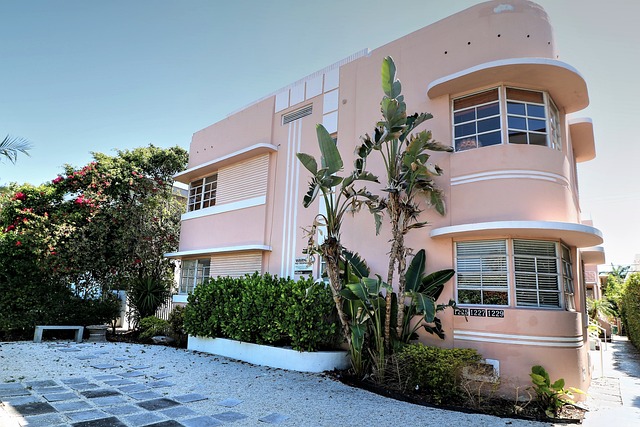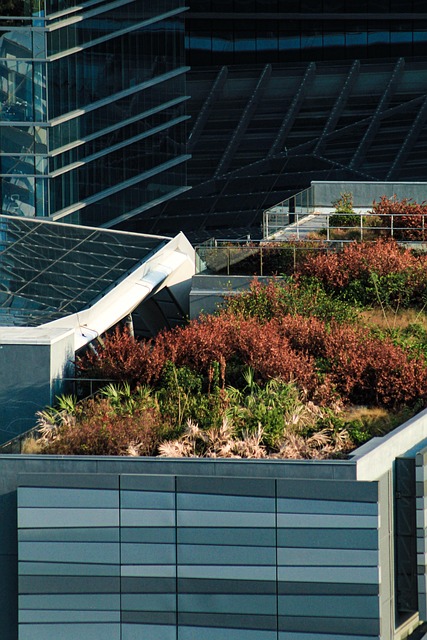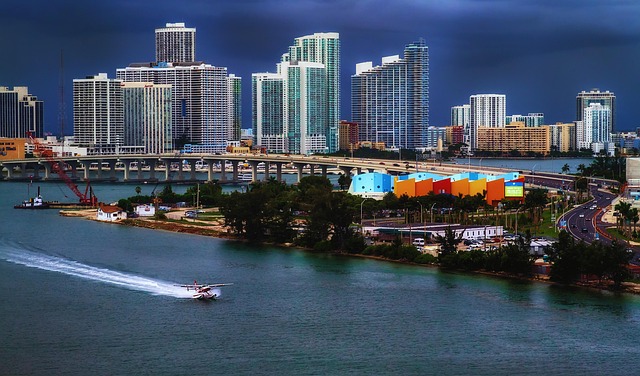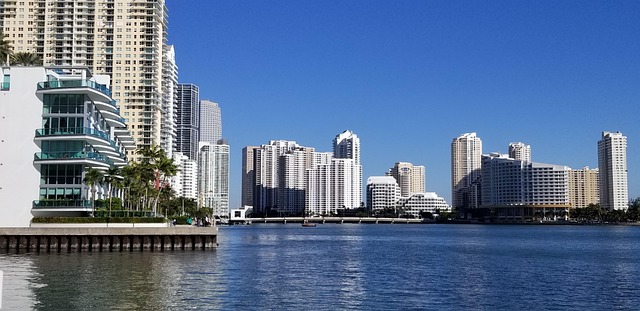Mining history shapes community identities and real estate values, with former mining towns boasting unique architecture, infrastructure, and cultural heritage that appeal to buyers seeking character and storytelling. While abandoned mine sites present environmental challenges requiring remediation, they can be revitalized into vibrant hubs through creative urban planning and sustainable design, attracting new residents and businesses while preserving local heritage. Repurposed mine sites become cultural landmarks, boosting tourism and strengthening communities.
Proud mining heritage shapes identity, influencing everything from real estate values to community pride. This article delves into the multifaceted impact of mining history, exploring three key areas: how past mining activities affect local property markets, the preservation of cultural legacies, and the potential for revitalizing abandoned minesites. By understanding these connections, communities can celebrate their unique histories while fostering sustainable growth.
How Mining History Influences Real Estate Values and Community Pride

Mining history plays a significant role in shaping the identity and value of communities, particularly when it comes to real estate. The legacy of mining operations can leave a lasting impact on local areas, both positively and negatively. For many former mining towns, the industry was once the backbone of their economy and society, fostering a strong sense of community pride. This history is often reflected in the architecture, infrastructure, and cultural heritage of these regions, which can become unique selling points for real estate. Properties located in areas with a rich mining past may attract buyers who appreciate the character and story associated with these sites.
The influence of mining on real estate values can be multifaceted. Historically significant buildings, such as old mineshafts or community halls once used by miners, can add to the charm and desirability of a neighborhood. Moreover, areas with well-preserved mining heritage may become popular tourist destinations, boosting local economies and increasing property values. Conversely, abandoned mine sites pose environmental and safety concerns that require careful remediation before they can be developed, potentially impacting real estate market trends in the region.
Preserving Cultural Legacy: The Role of Mining Heritage in Shaping Local Identities

The preservation of a region’s cultural legacy is deeply intertwined with its history, and in many places, this narrative is intricately linked to the mining heritage. This cultural aspect plays a pivotal role in shaping local identities, especially in communities that have relied heavily on the industry for generations. The remnants of mining activities, from historic sites to traditional skills, serve as tangible connections to the past, fostering a sense of belonging and pride among residents.
In real estate, this heritage can be a significant selling point, attracting both locals and outsiders who appreciate the unique character it brings to a place. As such, many communities are actively involved in preserving and showcasing their mining history, whether through museums, heritage sites, or even revitalizing old buildings to reflect the industry’s past glory. This not only ensures that the cultural legacy endures but also contributes to the local economy by drawing tourists interested in exploring these rich stories.
Revitalizing Abandoned Minesites: Transforming Spaces and Rebuilding Communities

Many abandoned minesites, left behind by a once-thriving mining industry, now present unique opportunities for revitalization and reinvention. These spaces, once bustling with activity, can be transformed into vibrant hubs that not only breathe new life into communities but also offer diverse real estate options. By implementing creative urban planning and sustainable design principles, former mine areas can be developed into mixed-use spaces featuring residential, commercial, and recreational facilities.
Revitalization projects can engage local communities by incorporating historical elements that reflect the region’s mining past while also providing modern amenities. This hybrid approach not only attracts new residents and businesses but also fosters a sense of pride in the area’s heritage. Transformed mine sites have the potential to become cultural landmarks, drawing tourists and contributing to the local economy, ultimately rebuilding and strengthening communities that were once heavily reliant on the mining industry.






